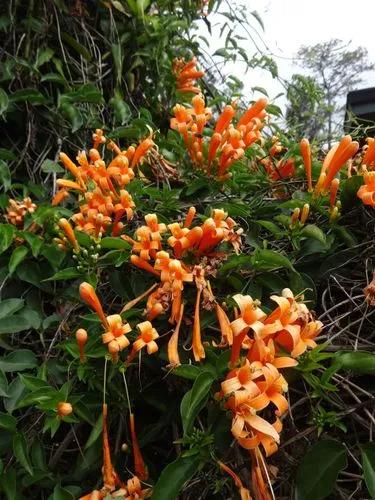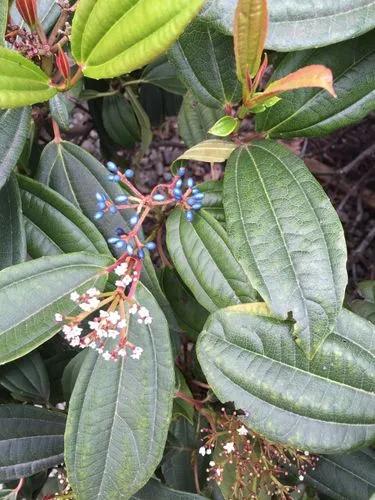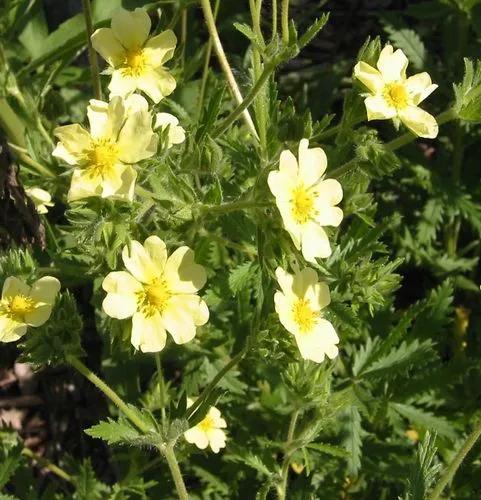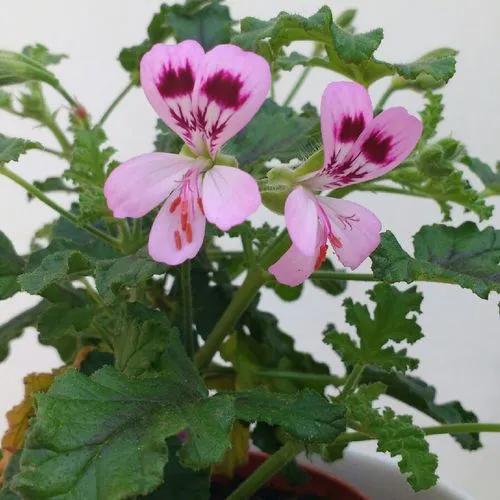Poison Ivy is native throughout the United States and much of southern Canada and can be found in a wide variety of locations including dry or wet woodlands, thickets, valleys, clearings, fence rows, roadsides and waste ground. It can appear as a bushy, erect or trailing shrub in sunny areas or as a woody climbing vine. The climbing vines have aerial rootlets. All parts of the plant contain a toxic oil called urushiol that causes significant and long-lasting skin irritations (allergic dermatitis) in most human beings. Infection can occur from direct contact with the plant, indirect contact (e.g., dog, rake or shoes) or from breathing smoke from a fire of plant material. Some humans seem to be immune.
Poison Ivy Care
Toxicodendron Radicans



How to Care for the Plant

Water

Drought-tolerant.

Pruning

Dead fronds and leaves can be removed.

Fertilizer

An organic, balanced, liquid fertilizer once a month during the growth period is recommended.

Sunlight

Needs 6-8 hours of direct sun / partial shade per day.

Soil

Loose, light, humus soil is ideal for this plant.

Container

Whether your potted plants are indoors or outdoors, proper drainage is an essential element to ensure they stay healthy.

Additional

This plant contains toxic substances and skin contact with it can cause severe irritation to some people. The sap is extremely poisonous. The sap contains 3-N pentadecycatechnol. Many people are exceedingly sensitive to this, it causes a severe spreading dermatitis. The toxins only reach the skin if the plant tissues have been damaged, but even indirect contact can cause severe problems.

Popularity

6,311 people already have this plant 919 people have added this plant to their wishlists
Discover more plants with the list below
Popular articles






